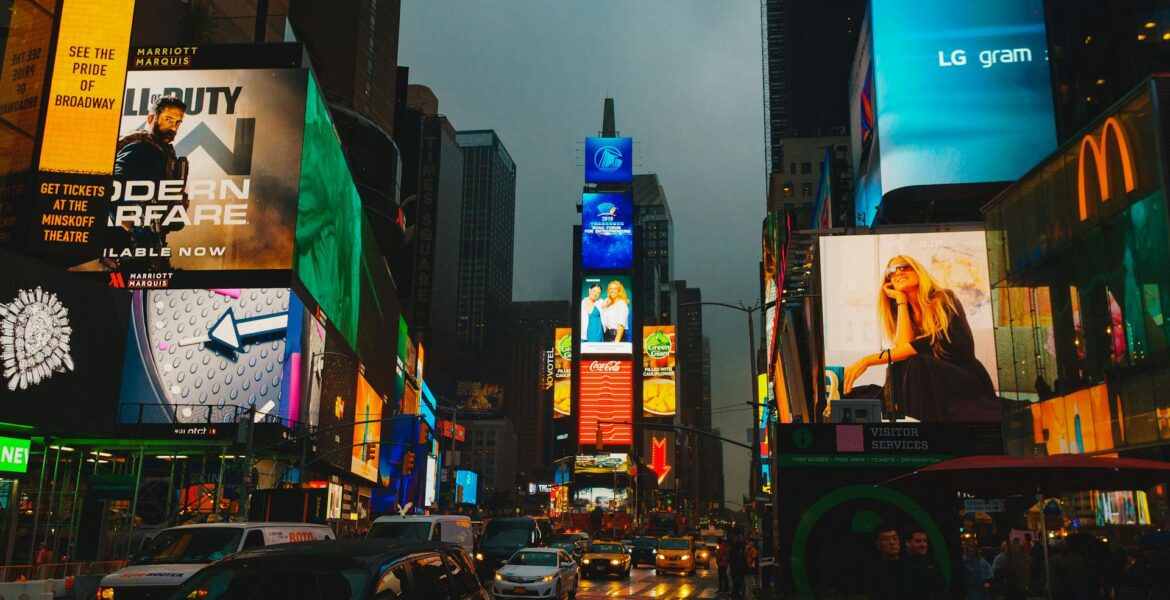
1. What is an LED Advertisement Screen?
An LED (Light Emitting Diode) advertisement screen is a digital display used for advertising, branding, and information dissemination. These screens are made up of numerous tiny LEDs that emit bright, vibrant light to display dynamic content such as videos, images, and text.
2. Types of LED Advertisement Screens
-
Outdoor LED Screens
-
Designed to withstand harsh weather (rain, dust, UV rays).
-
High brightness (5000–10,000 nits) for visibility in sunlight.
-
Used in billboards, stadiums, and public spaces.
-
-
Indoor LED Screens
-
Lower brightness (1000–3000 nits) suitable for indoor use.
-
Common in malls, airports, conference halls, and retail stores.
-
-
Mobile LED Screens
-
Mounted on vehicles for mobile advertising (trucks, buses).
-
Often used in promotions and events.
-
-
Transparent LED Screens
-
Allow light to pass through, ideal for storefronts and glass facades.
-
Maintains visibility while displaying ads.
-
3. Key Features & Benefits






4. Common Applications
-
Retail & Shopping Malls – Promotions and brand awareness.
-
Sports Stadiums & Events – Live broadcasts and ads.
-
Public Transport Hubs – Flight/train schedules and ads.
-
Corporate Buildings – Branding and announcements.
-
Roadside Billboards – High-impact digital advertising.
5. Factors to Consider When Choosing an LED Ad Screen
-
Pixel Pitch (P) – Lower pitch (e.g., P2.5) for close viewing; higher (e.g., P10) for distant viewing.
-
Brightness (Nits) – Higher nits for outdoor use.
-
Resolution & Size – Depends on viewing distance.
-
Durability – IP65/IP67 rating for outdoor screens.
-
Content Management System (CMS) – Ease of updating ads.
6. Future Trends
-
AI-Powered Ads – Dynamic content based on audience demographics.
-
Interactive Displays – Touchscreen and gesture-based ads.
-
Higher Resolutions (8K & MicroLED) – Sharper and more detailed visuals.
-
Sustainability – Energy-saving and recyclable LED tech.
Conclusion
LED advertisement screens offer a powerful, flexible, and engaging way to deliver marketing messages. With advancements in technology, they are becoming smarter, more efficient, and essential for modern advertising strategies.
Would you like recommendations for a specific use case?
